World Heritage Sites
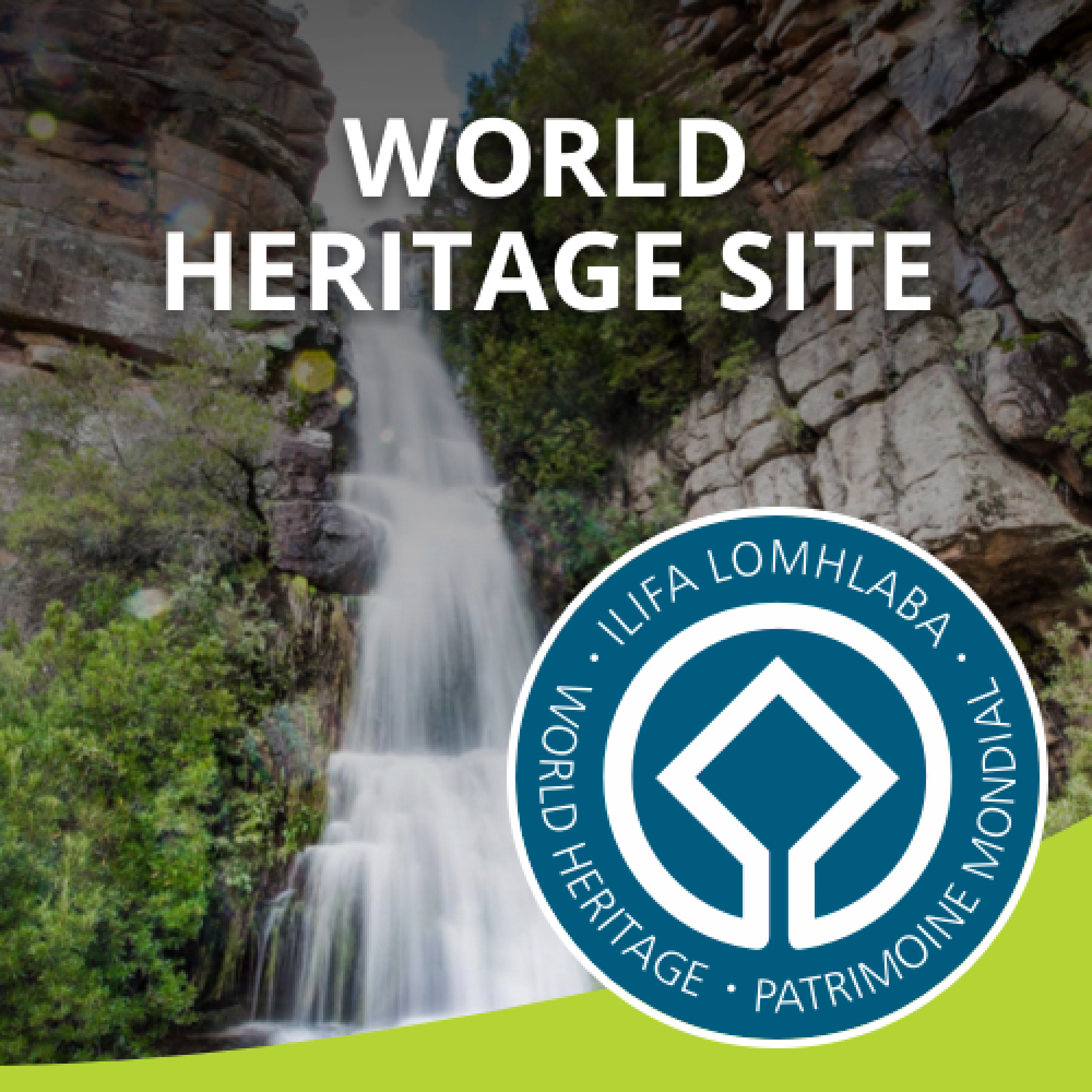
In 2004, the Cape floral region was declared a world heritage site by the United Nations Educational, Scientific and Cultural Organisation. World heritage sites aim to protect areas of outstanding natural, historical and cultural value.
The Cape floral region, in the southwest corner of South Africa in the Western Cape, consists of 13 clusters, spanning 1,094,741 hectares. It is one of the world’s most unique regions in terms of plant diversity, and 70% of the plant species do not grow anywhere else in the world.
The Cape floral region’s 13 clusters:
- Cederberg Complex
- Groot Winterhoek Complex
- Table Mountain National Park
- Boland Mountain Complex
- Hexrivier Complex
- Riviersonderend Nature Reserve
- Agulhas Complex
- De Hoop Nature Reserve
- Langeberg Complex
- Garden Route Complex
- Anysberg Nature Reserve
- Swartberg Complex
- Baviaanskloof Complex
The world heritage site is managed by the Cape Action for People and the Environment programme. The programme coordinates the work of government and private landowners to protect the region’s biodiversity through integrated social, financial and conservation initiatives.
Why is the Cape floral region a world heritage site?
The region has been designated as one of the International Union for Conservation of Nature World Centres of Plant Diversity.
Each of the 13 clusters is home to distinct plant species and is large enough to preserve the genetic viability of this diversity.
The region has a wide variety of habitats, due to the range of elevations, soils and other conditions in the area. Fynbos, the most distinctive vegetation in the region, does not grow anywhere else in the world. It is one of the six floral kingdoms in the world, and the only kingdom to only occur in one country.
The Cape floral region hosts a fifth of all plant species in Africa, despite occupying less than 0.5% of the continent’s land mass. Southern Africa has 12 plant families that are not found anywhere else in the world. Of these, five are found in the Cape floral region.
Challenges and threats
A number of the 13 clusters are bordered by conserved land. The integrity of the Boland Mountain Complex, which is mostly surrounded by rural land, is receiving special attention. The Kirstenbosch National Botanical Gardens has been included in the Cape floral region, so that the entire area, including the surrounding Table Mountain National Park, can be managed in an integrated way. Kirstenbosch Gardens also has important biodiversity within its boundaries.
Population growth in the Cape Peninsula region threatens the long-term integrity of the area. CapeNature and other organisations are involved in a number of innovative measures to address this issue, including prevention fires, managing invasive species, ensuring adequate resources to manage the world heritage site, promoting responsible tourism, ensuring appropriate urban development that does not harm the site, and developing models to forecast potential climate changes.
For more information, visit:
Challenges and threats
A number of the 13 clusters are bordered by conserved land. The integrity of the Boland Mountain Complex, which is mostly surrounded by rural land, is receiving special attention. The Kirstenbosch National Botanical Gardens has been included in the Cape floral region, so that the entire area, including the surrounding Table Mountain National Park, can be managed in an integrated way. Kirstenbosch Gardens also has important biodiversity within its boundaries.
Population growth in the Cape Peninsula region threatens the long-term integrity of the area. CapeNature and other organisations are involved in a number of innovative measures to address this issue, including prevention fires, managing invasive species, ensuring adequate resources to manage the world heritage site, promoting responsible tourism, ensuring appropriate urban development that does not harm the site, and developing models to forecast potential climate changes.
For more information, visit:
Related World Heritage Sites
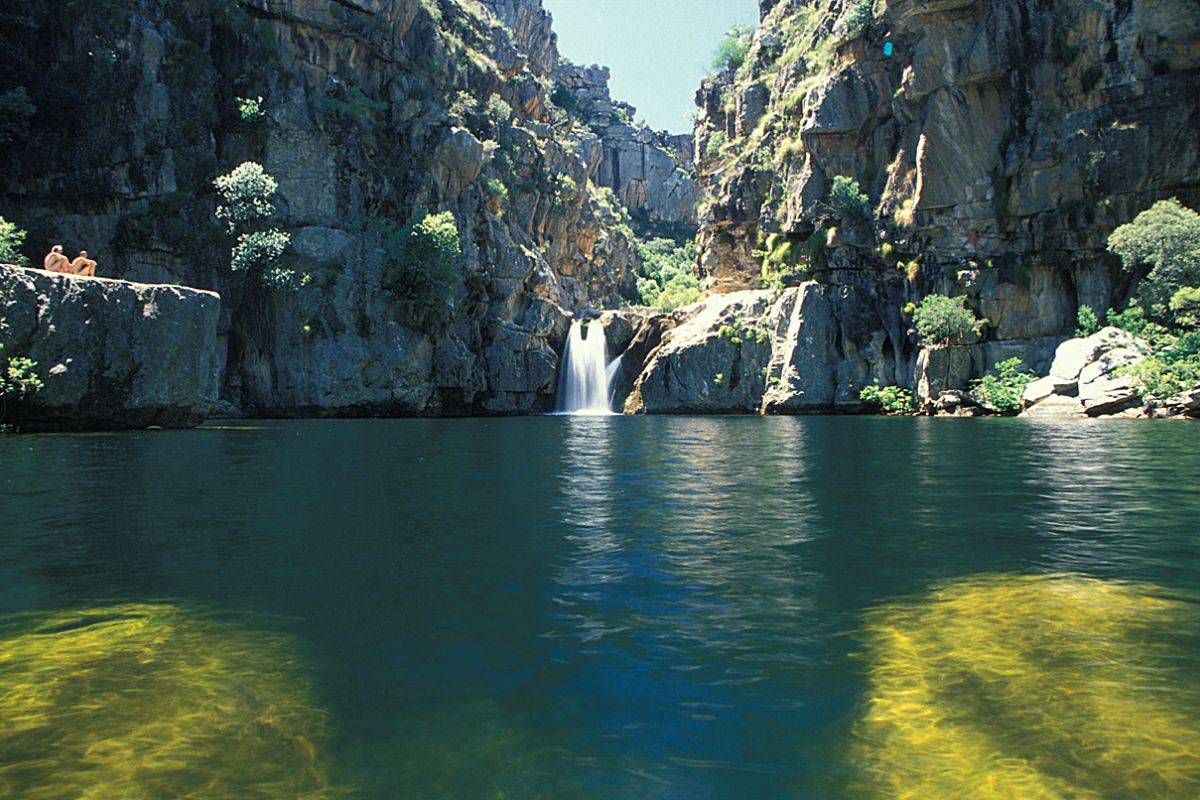
Groot Winterhoek Wilderness Area
The Groot Winterhoek Wilderness is known for its rugged, wild landscape, with exceptional rock formations carved by the elements. This mountainous area lies about 120km north of Cape Town, near Porterville.
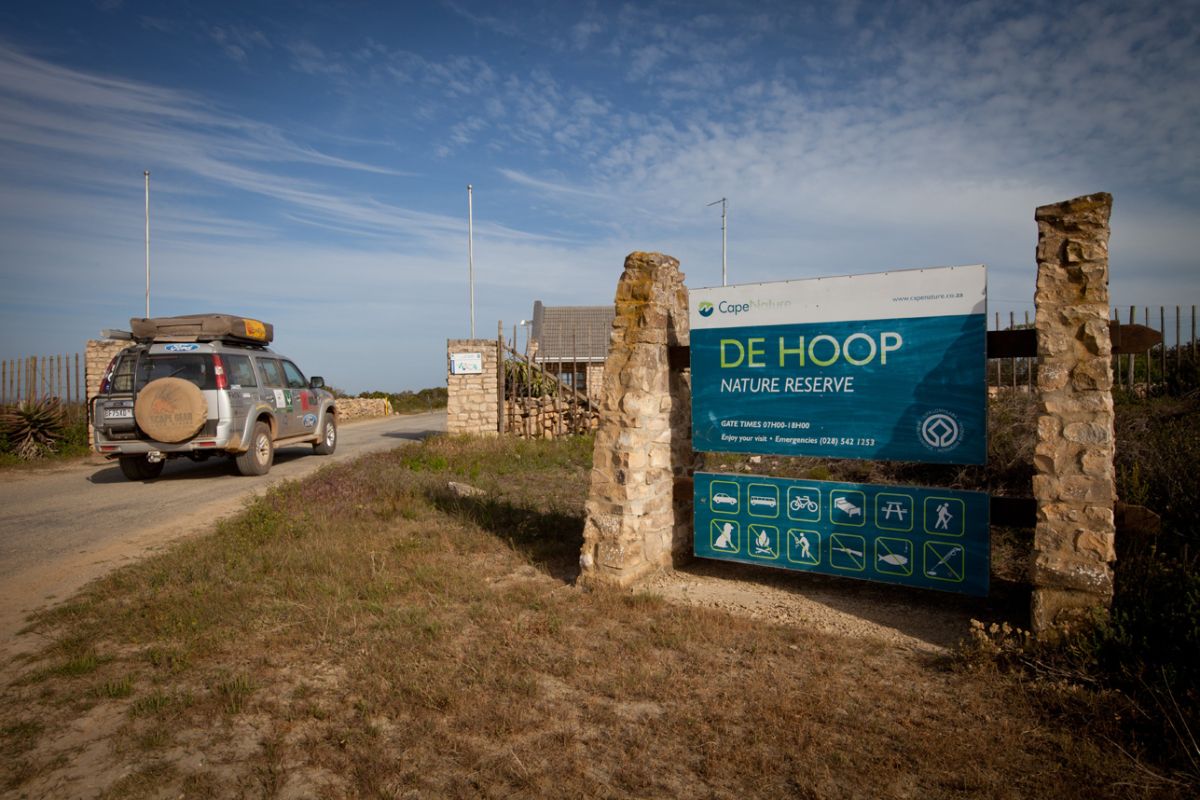
De Hoop Nature Reserve
De Hoop is one of the largest natural areas managed by CapeNature. This beautiful reserve is a favourite for hikers, cyclists, bird and whale watchers. The reserve, which is 34 000 hectares, is just three hours from Cape Town, in the Overberg.
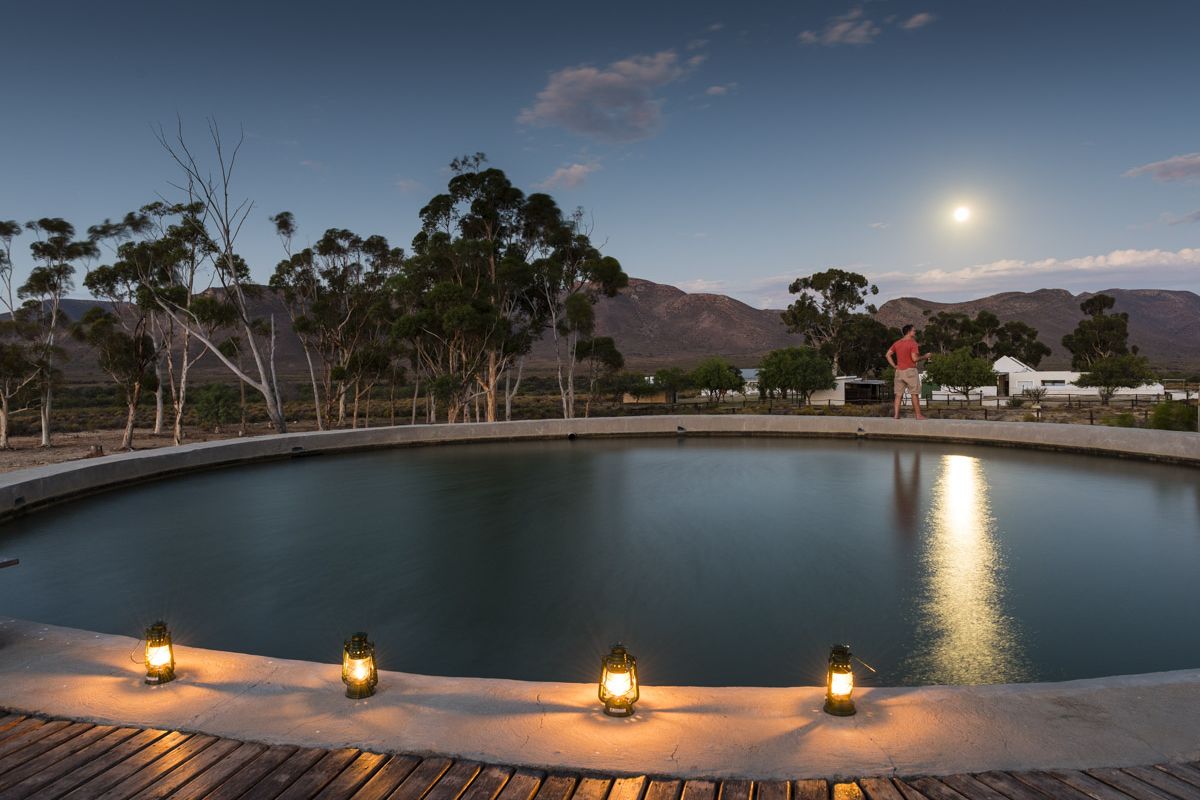
Anysberg Nature Reserve
Anysberg Nature Reserve is located in the semi-arid Klein Karoo, between the towns of Ladismith, Laingsburg, Touwsrivier and Montagu. The reserve, officially proclaimed in 1990, encompasses 79 629 hectares of plains and the majestic Cape Fold Mountains, with deep valleys and steep gorges.
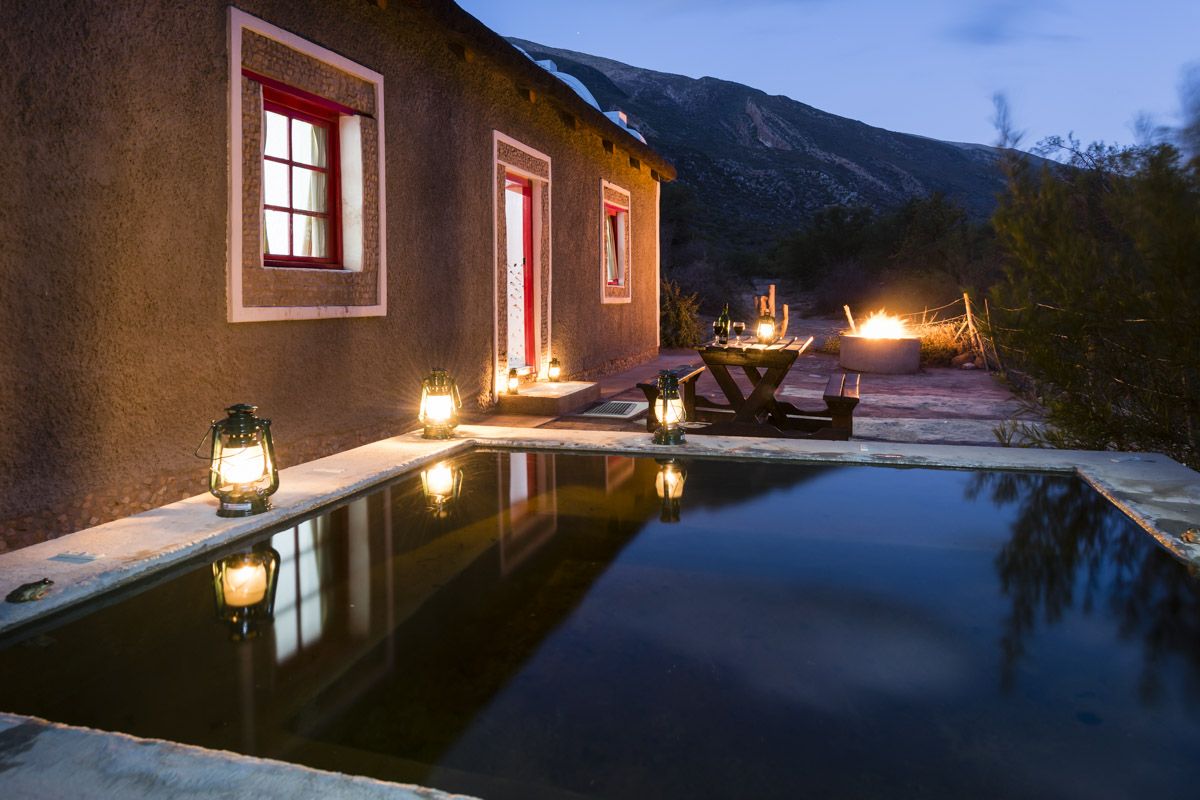
Swartberg Nature Reserve (Die Hel)
Swartberg Nature Reserve lies between the Great Karoo and Klein Karoo, forming a narrow but long stretch of 121 000ha. The reserve was declared a World Heritage Site in 2004 and is bordered by Gamkapoort Nature Reserve immediately to the north (8 000ha) and Towerkop Nature Reserve immediately to the west (51 000ha).
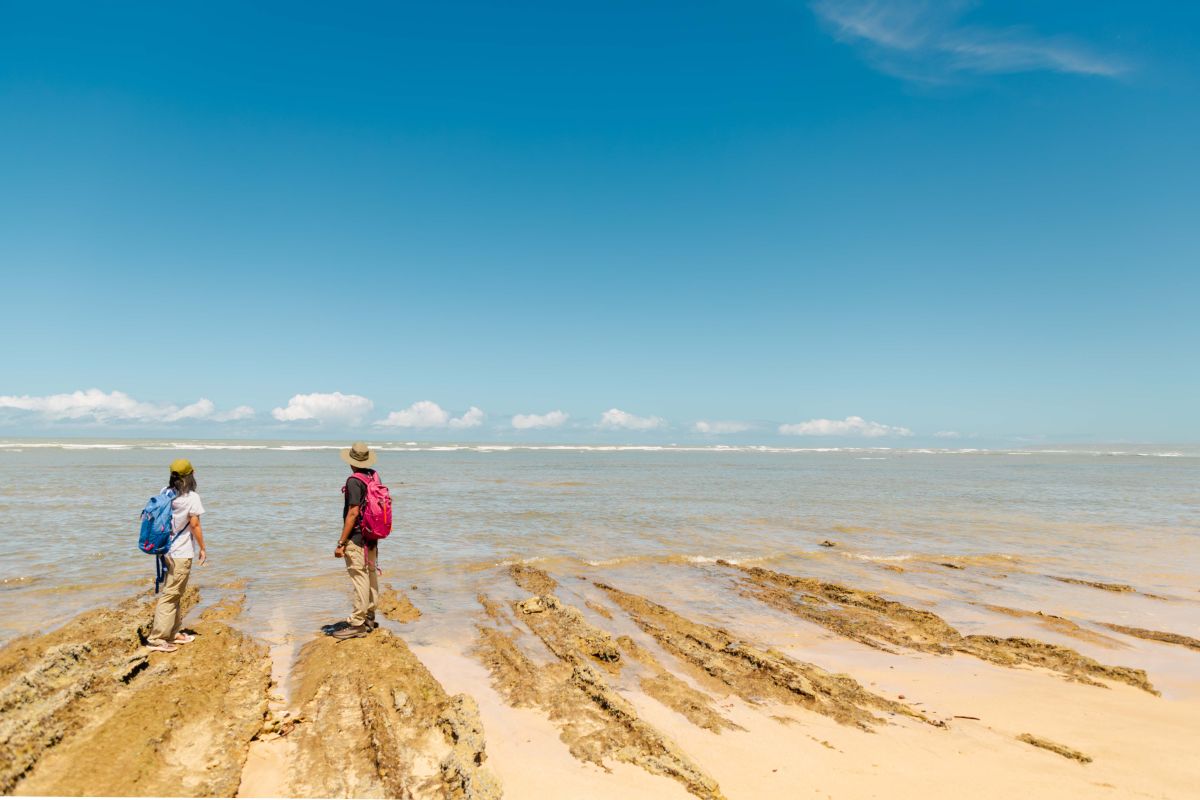
Geelkrans Nature Reserve
Nestled on the eastern side of Stilbaai, Geelkrans Nature Reserve beckons travellers with its breathtaking coastal beauty. Adventurous souls can explore the reserve via coastal hikes, revelling in dynamic sandstone cliffs and extensive intertidal zones. Scenic wooden decks provide perfect spots for picnics and taking in the picturesque views.
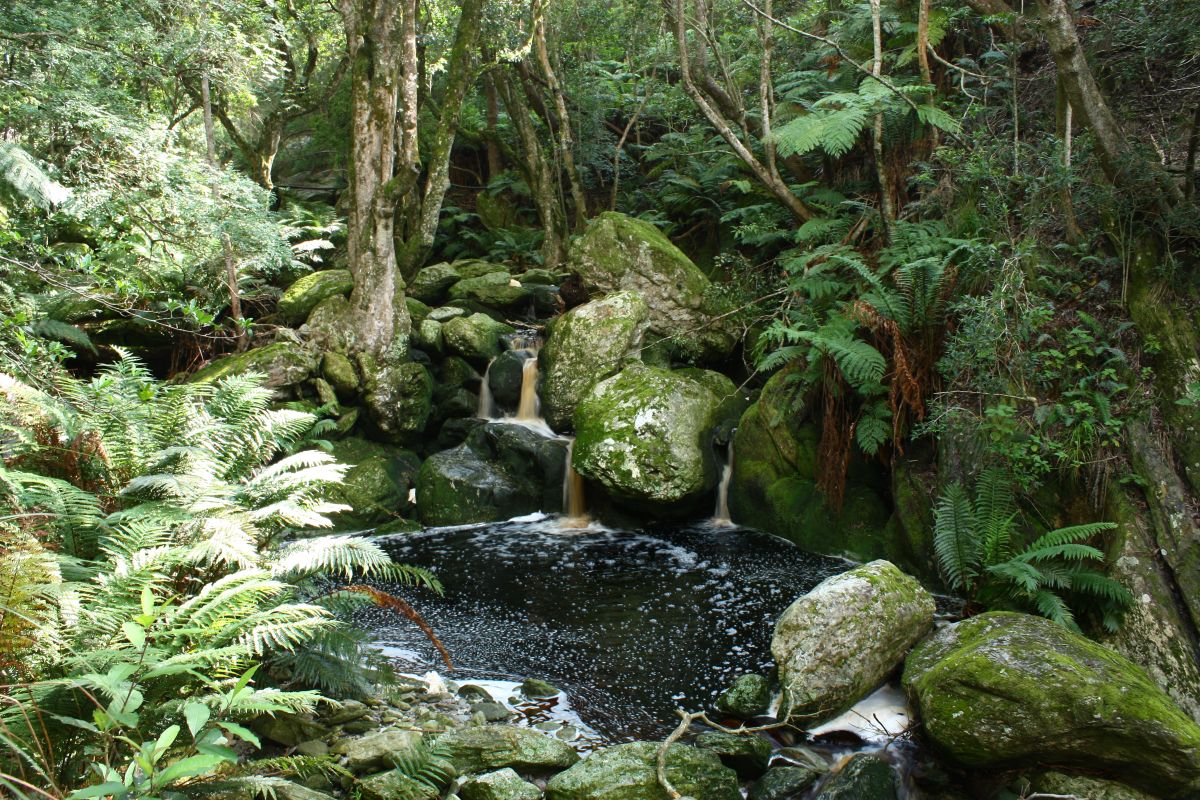
Marloth Nature Reserve
Marloth Nature Reserve is hidden away in the imposing Swellendam Mountains, between Swellendam, Ashton, Barrydale and Suurbraak. The peaceful reserve, which is 14 123 hectares in size, is managed together with 16 532 hectares of privately owned land, and is a World Heritage Site.
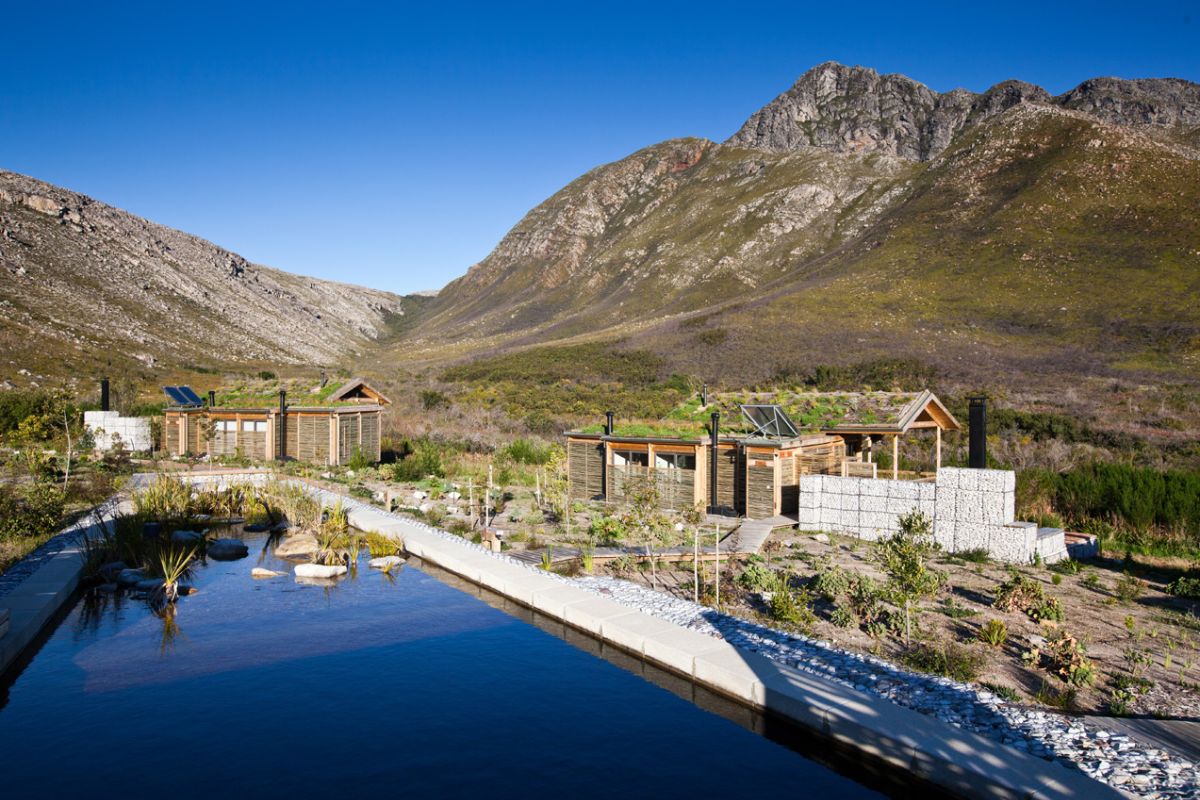
Kogelberg Nature Reserve
Considered by many to be the most beautiful of CapeNature’s protected areas, Kogelberg Nature Reserve earns that reputation largely to the fact that it occupies an area with minimal human interference. Its exceptional diversity and quality of fynbos means it is considered the heart of the Cape Floral Kingdom. The reserve presents perhaps the finest example of mountain fynbos in the Western Cape and is a world-renowned World Heritage Site.
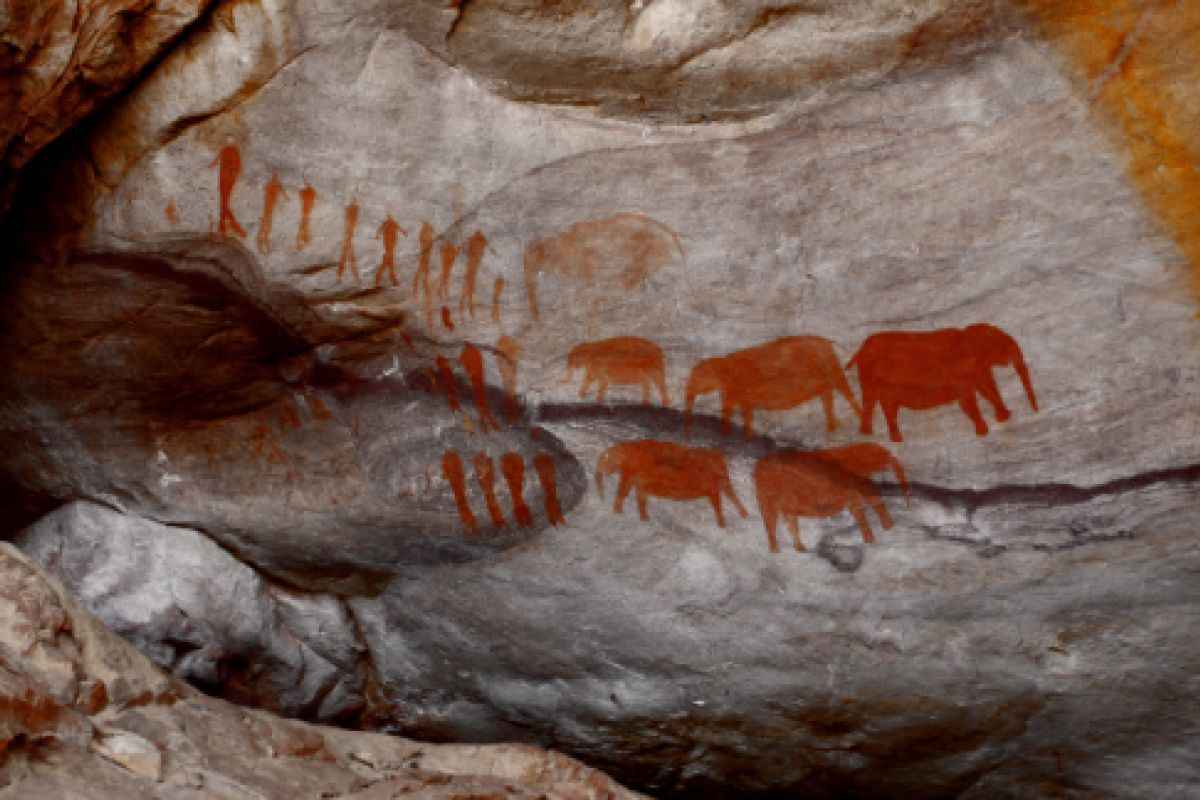
Matjiesrivier Nature Reserve
Proclaimed as a nature reserve in 2000, and inscribed as a World Heritage Site in 2014, Matjiesrivier Nature Reserve occupies a very special part of the Western Cape. The 12 800 hectare nature reserve is located in the ecotone where the transition of Fynbos and Succulent Karoo vegetation interface.

Limietberg Nature Reserve
Limietberg is a pristine nature reserve tucked away in the Du Toitskloof Mountains, near Paarl. The reserve stretches from Franschhoek in the south, eastwards towards Groot Drakenstein, and northwards as far as Voëlvlei Dam and is a World Heritage Site.
